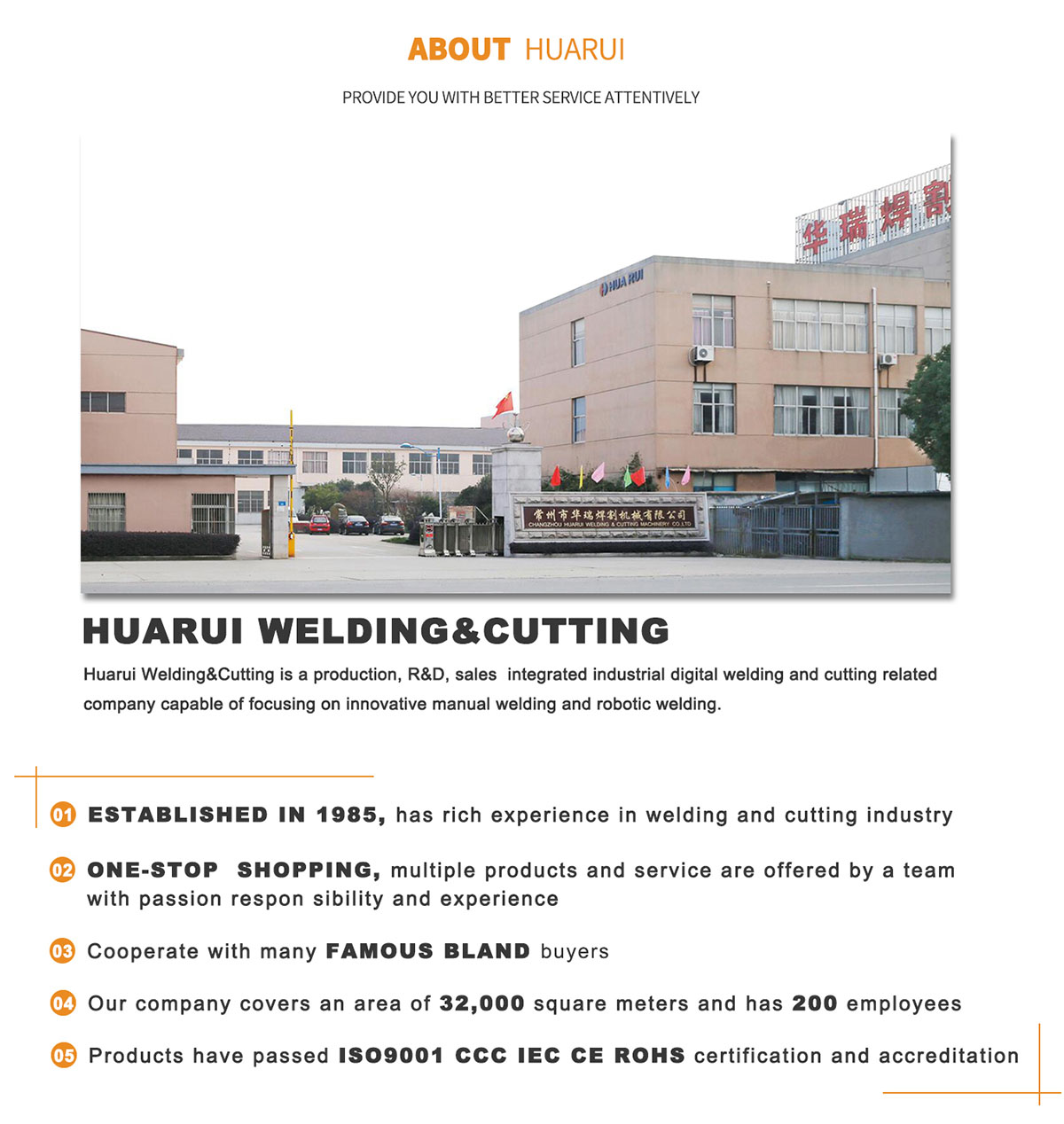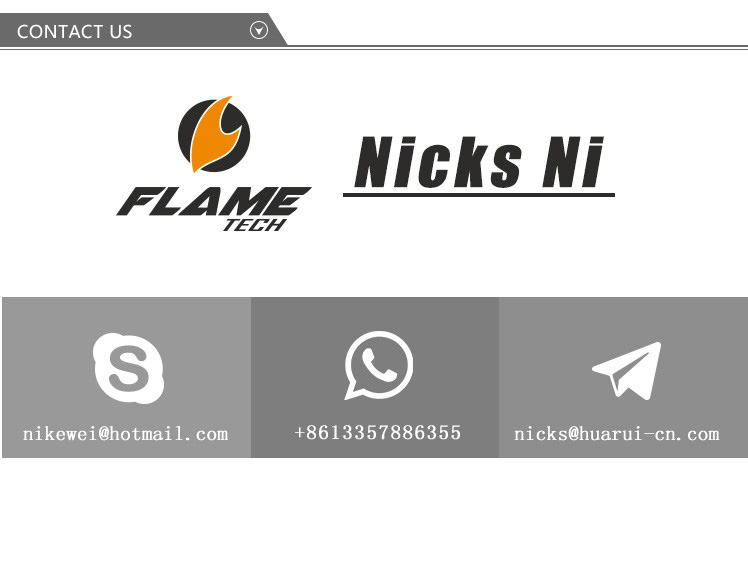- Welcome To Changzhou Huarui Welding & Cutting Machinery Co., Ltd.!
- About Huarui | Inquiry Form | Contact Us |
 中文
中文
 中文
中文Dehydrogenation treatment, also called dehydrogenation heat treatment, or called post-welding heat treatment.
The purpose of post-heat treatment of the weld area immediately after welding is to reduce the hardness of the weld area or eliminate hydrogen and other harmful substances in the welding area. In this point, the role of post-heat treatment and post-welding is partly the same.
After welding, the cooling rate of weld and welding joint is reduced by heat, which promotes hydrogen escape and avoids hardness appreciation.
(1) The post heating for the purpose of improving the performance of the welded joint and reducing its hardness can be effective only when the welding zone is still at a high temperature after welding.
(2) The post heating in order to prevent low temperature cracks is mainly to promote hydrogen energy to be fully excluded in the welding zone.
The removal of hydrogen depends on the temperature of the afterheat and the holding time. The temperature for the main purpose of dehydrogenation is generally 200 ~ 300 degrees, and the afterheat time is 0.5 ~ 1 hour.
For welds under the following conditions, post-heat dehydrogenation treatment should be carried out immediately after welding (4 points) :
(1) The thickness is greater than 32mm and the standard tensile strength σb is greater than 540MPa;
(2) low alloy steel material with thickness greater than 38mm;
(3) Butt weld between the embedded nozzle and the pressure vessel;
(4) Welding process evaluation to determine the need for hydrogen elimination treatment.
The value of afterheat temperature is usually expressed by the following formula:
Tp = 455.5[Ceq] p-111.4
mode, Tp -- afterheat temperature ℃;
[Ceq]p -- carbon equivalent formula.
[Ceq]p=C+0.2033Mn+0.0473Cr+0.1228Mo+0.0292Ni+0.0359Cu+0.0792Si-1.595P+1.692S+0.844V
To reduce the hydrogen content in the welding zone is one of the important effects of post heat treatment. It has been reported that hydrogen diffuses outward from the mild steel weld in 1.5 to 2 months at 298K.
Increasing the temperature to 320K shortens the process to two to three days and nights, while heating to 470K takes 10 to 15h.
The main function of post-heat and dehydrogenation treatment is to prevent the formation of cold cracks in weld metal or heat-affected zone.
When the preheating is not enough to prevent the formation of cold cracks, such as in the welding of high-restraint joints and hard-to-weld steel, the post-heating process must be used to reliably prevent the formation of cold cracks.

HUARUI alibaba shop:
https://topwelding.en.alibaba.com
https://czhuarui.en.alibaba.com


 master@huarui-cn.com
master@huarui-cn.com 86-519-86371071
86-519-86371071 86-519-86371072
86-519-86371072
View More(Total0)Comment Lists